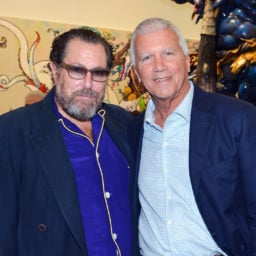Art World
8 Films About Art at the 2017 Tribeca Film Festival
Get your tickets to these must-see art world films.
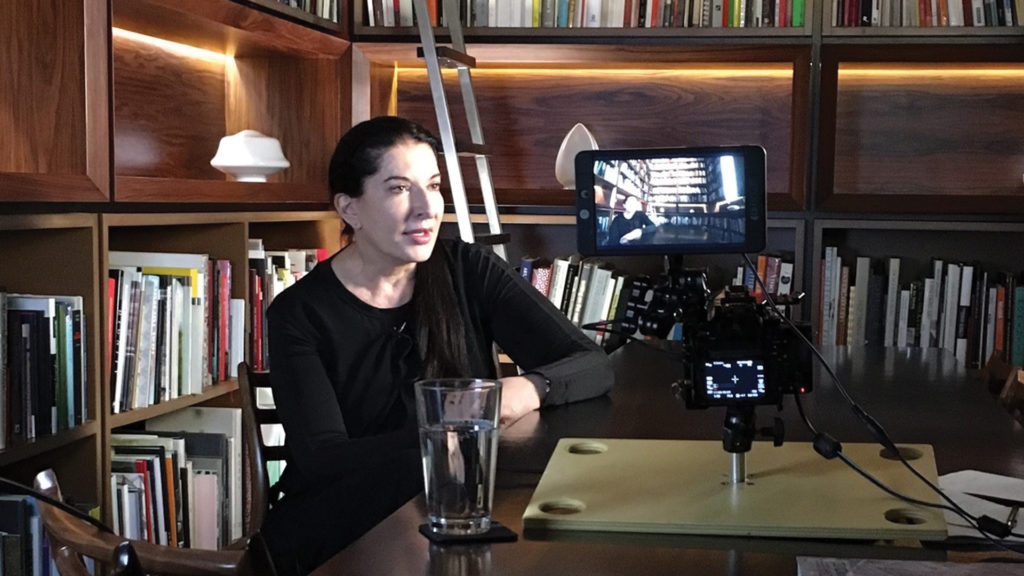
Take an inside look at the art world in these eight films screening at this year’s Tribeca Film Festival. Watch a documentary on Julian Schnabel, an exposé on the inner workings of the art world, or take a personal look into the life of photojournalist Chris Hondros. And if you missed Julian Rosefeldt’s installation at the Park Avenue Armory, experience it in his film Manifesto.
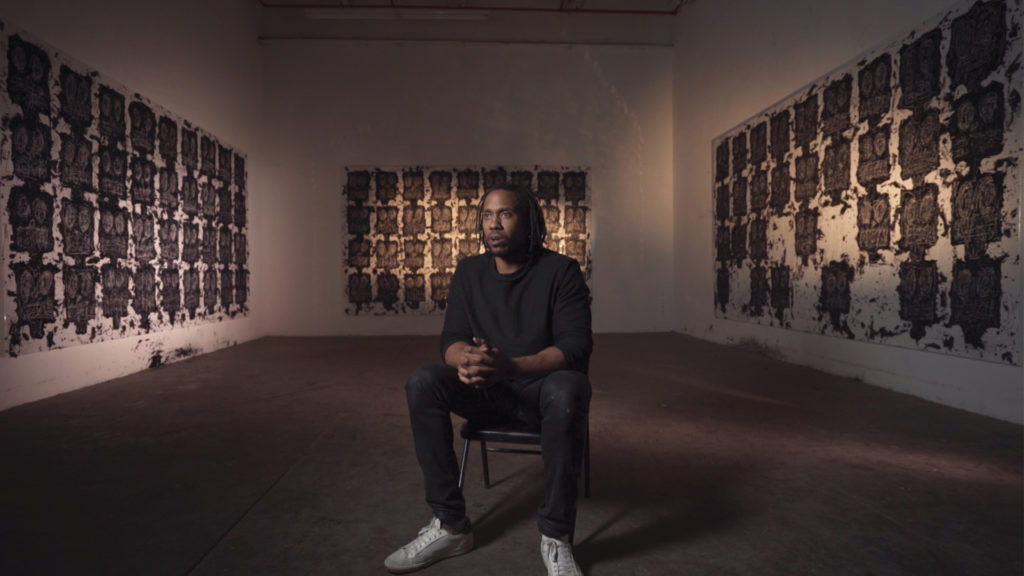
Rashid Johnson appears in Blurred Lines: Inside the Art World. Photographer: Ken Ng.
1. Blurred Lines: Inside the Art World
Ever wanted to know how the art world, and all its shifting gears and cogs, actually works? Enter Blurred Lines, a documentary that unpacks the art world and all its moving parts, including curators, gallerists, donors, auction houses, and the artists themselves. Featuring cameos from Marina Abramovic, Julian Schnabel, and Damien Hirst, Barry Avrich’s film reveals the art world system and its relationship to market forces.
Ever wanted to know how the art world, and all its shifting gears and cogs, actually works? Enter Blurred Lines, a documentary that unpacks the art world and all its moving parts, including curators, gallerists, donors, auction houses, and the artists themselves. Featuring cameos from Marina Abramovic, Julian Schnabel, and Damien Hirst, Barry Avrich’s film reveals the art world system and its relationship to market forces.
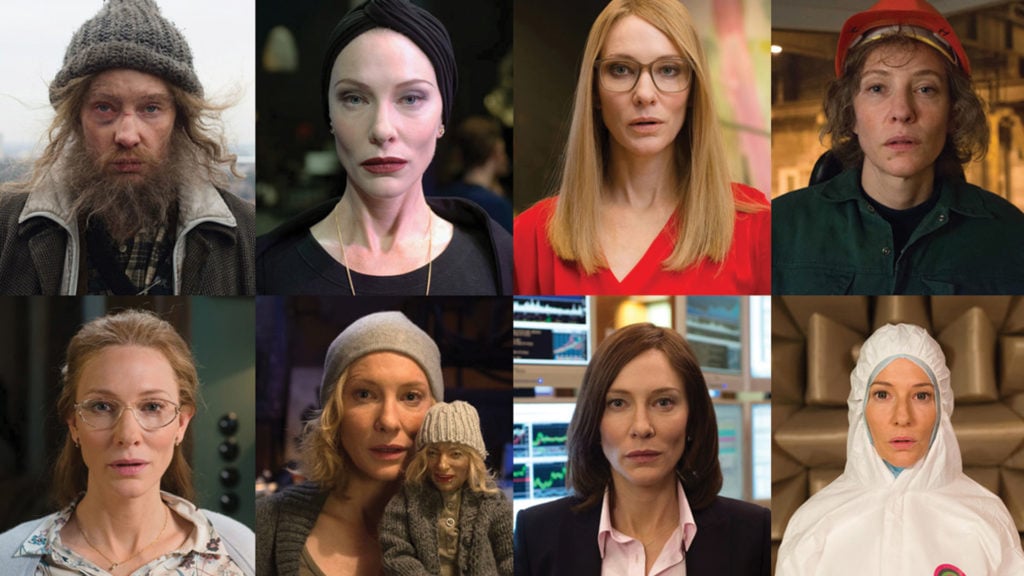
Cate Blanchett in Manifesto. Photo by Julian Rosefeldt.
2. Manifesto
In the film adaptation of Julian Rosefeldt’s 13-channel video installation, Cate Blanchett transforms herself into a myriad of characters, each reading a manifesto on the true nature of art. Rosefeldt brings in manifestos from the Futurists, Dadaists, Suprematists, Fluxus, Dogma 95, Sol LeWitt, Claes Oldenburg, and many others. Manifesto explores the idea of artistic intention, and ends up examining storytelling itself.
In the film adaptation of Julian Rosefeldt’s 13-channel video installation, Cate Blanchett transforms herself into a myriad of characters, each reading a manifesto on the true nature of art. Rosefeldt brings in manifestos from the Futurists, Dadaists, Suprematists, Fluxus, Dogma 95, Sol LeWitt, Claes Oldenburg, and many others. Manifesto explores the idea of artistic intention, and ends up examining storytelling itself.
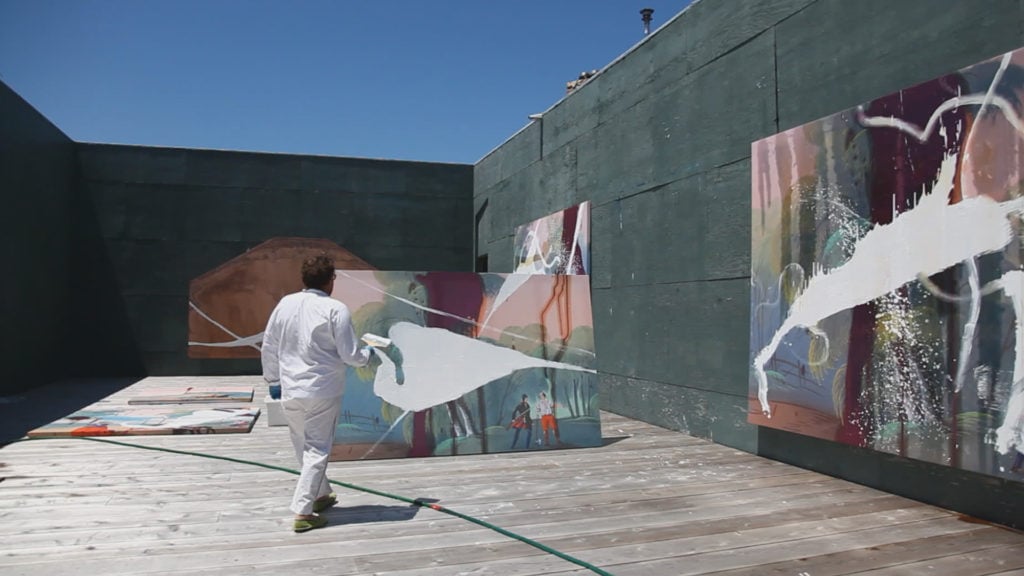
A film still from Julian Schnabel: A Private Portrait.
3. Julian Schnabel: A Private Portrait
The eponymous documentary examines the life and career of Julian Schnabel. Julian Schnabel: A Private Portrait tracks his art world success story, beginning in the 1970s when he first moved to New York, on to his rise to prominence via the Neo-Expressionist movement, and through to his current success as an artist and film maker. The film combines home movies, photographs, and new footage of the artist. Featuring commentary from Jeff Koons, Mary Boone, Willem Dafoe, and Julian Schnabel himself, A Private Portrait pieces together a complex picture of the artist.
The eponymous documentary examines the life and career of Julian Schnabel. Julian Schnabel: A Private Portrait tracks his art world success story, beginning in the 1970s when he first moved to New York, on to his rise to prominence via the Neo-Expressionist movement, and through to his current success as an artist and film maker. The film combines home movies, photographs, and new footage of the artist. Featuring commentary from Jeff Koons, Mary Boone, Willem Dafoe, and Julian Schnabel himself, A Private Portrait pieces together a complex picture of the artist.
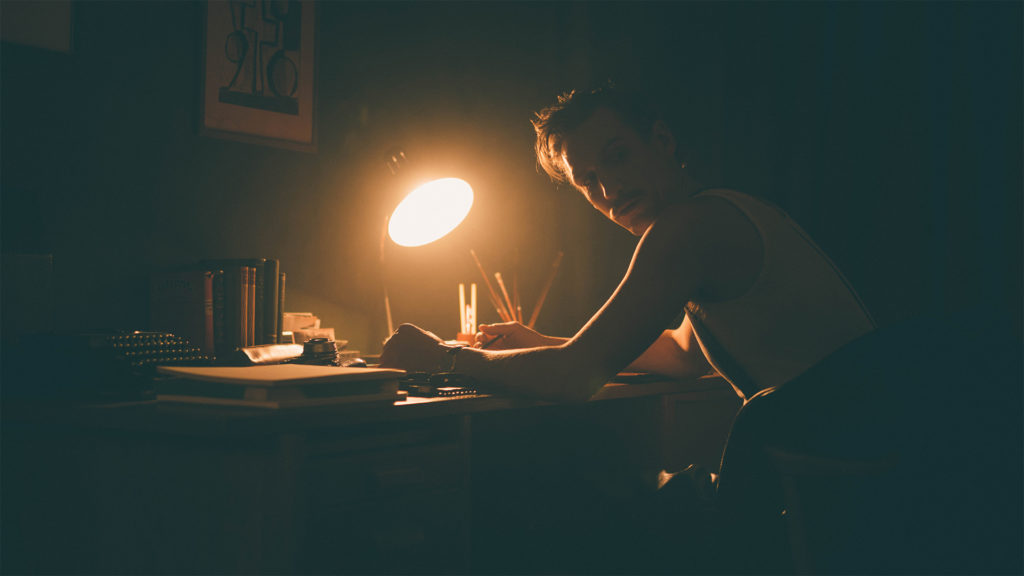
Pekka Strang as Touko Laaksonen in Tom of Finland. Photo by Josef Persson.
4. Tom of Finland
Touko Laaksonen, better known as Tom of Finland, was an influential force in 20th century gay culture. After serving in World War II, he struggled to conceal his homosexuality from his loved ones, and began making his now famous homoerotic drawings. Tom of Finland crafts a drama that centers on Touko’s art, and how his drawings brought him to Los Angeles and the sexual revolution.
Touko Laaksonen, better known as Tom of Finland, was an influential force in 20th century gay culture. After serving in World War II, he struggled to conceal his homosexuality from his loved ones, and began making his now famous homoerotic drawings. Tom of Finland crafts a drama that centers on Touko’s art, and how his drawings brought him to Los Angeles and the sexual revolution.
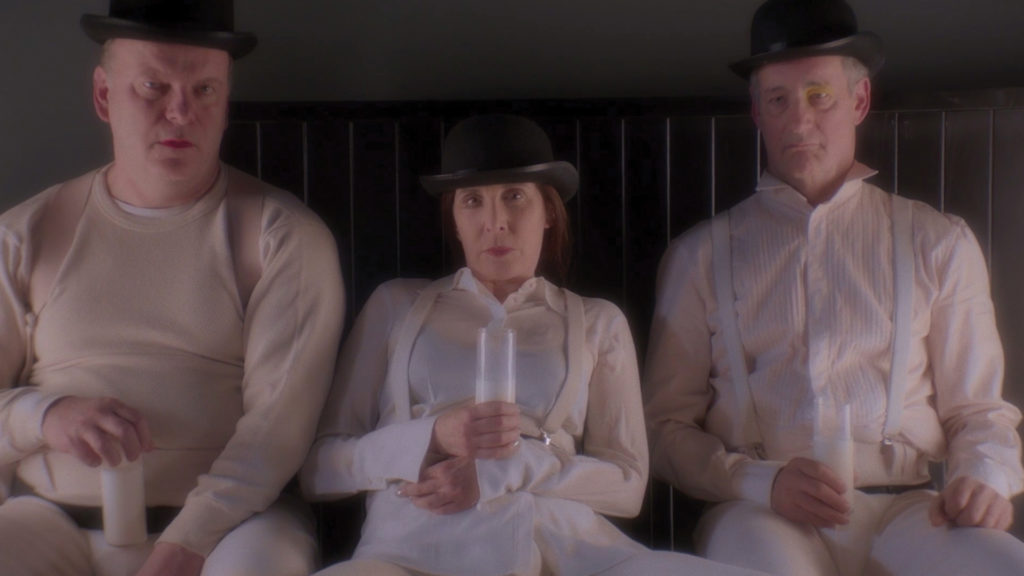
Robert Clohessy as Frank, Laurie Simmons as Ellie, John Rothman as John, all portraying characters from A Clockwork Orange in My Art, written & directed by Laurie Simmons. Photo credit: Dylan Nelson.
5. My Art
Laurie Simmons, who wrote, directed, and stars in this film, is no stranger to films and tropes. In My Art, Simmons plays as Ellie, a single, middle-aged artist in New York City who goes upstate for a weekend to house sit, and ends up recreating classic Hollywood scenes in the barn attached to the house. She soon invites three local men to participate in her videos, and has to juggle work and pleasure.
Laurie Simmons, who wrote, directed, and stars in this film, is no stranger to films and tropes. In My Art, Simmons plays as Ellie, a single, middle-aged artist in New York City who goes upstate for a weekend to house sit, and ends up recreating classic Hollywood scenes in the barn attached to the house. She soon invites three local men to participate in her videos, and has to juggle work and pleasure.
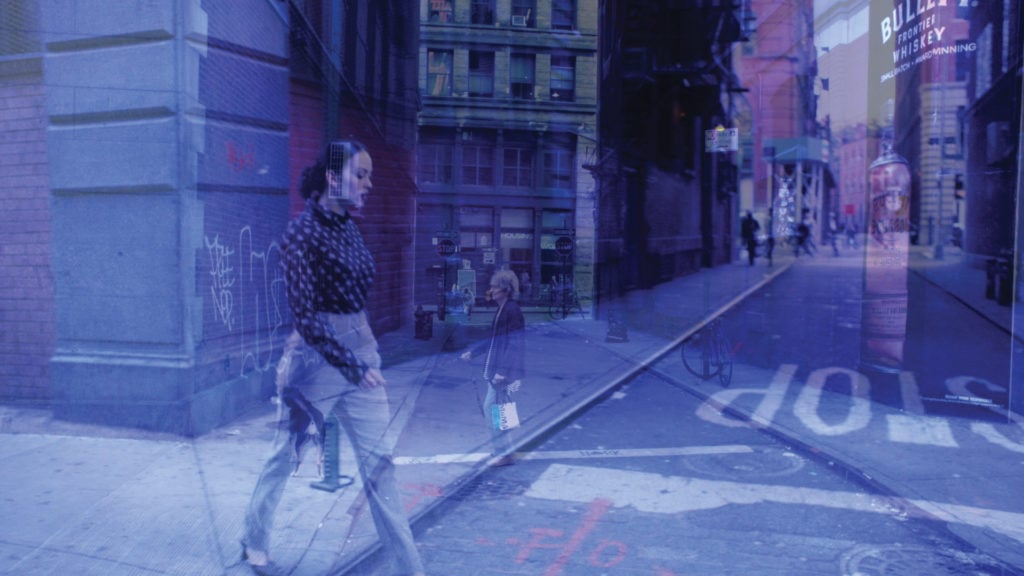
Dream Hilda (Lindsay Dunn) and Hilda O’Connell (Hilda O’Connell) in Hilda. Photographer: Greg Harriott.
6. Hilda
Few know about the artist Hilda O’Connell, who lived among the Abstract Expressionist painters in the 1950s. This short documentary is a tribute to O’Connell, taking on a realist approach in recounting her time with the AbEx painters and later with Aegis Gallery in the 1960s.
Few know about the artist Hilda O’Connell, who lived among the Abstract Expressionist painters in the 1950s. This short documentary is a tribute to O’Connell, taking on a realist approach in recounting her time with the AbEx painters and later with Aegis Gallery in the 1960s.
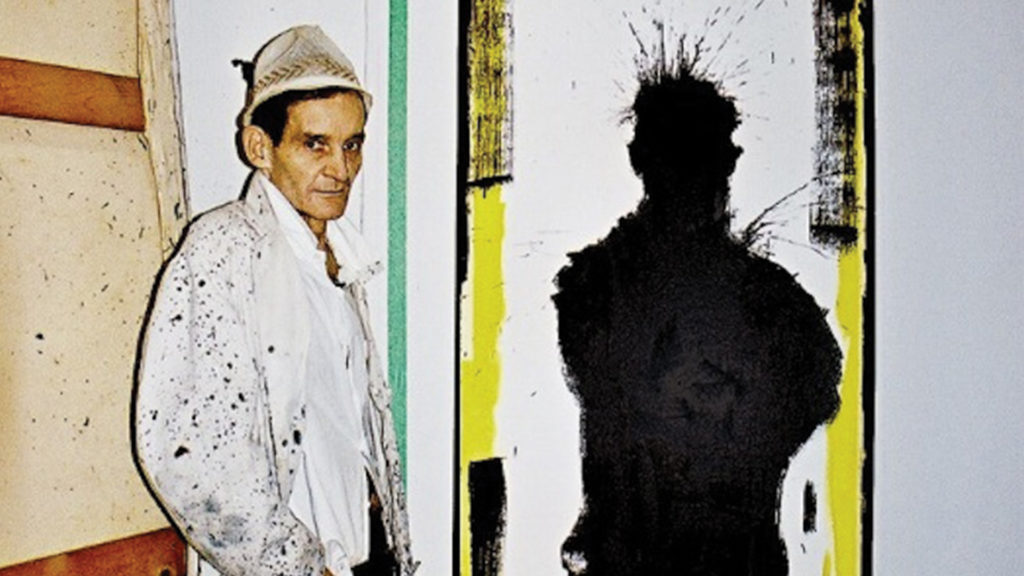
Richard Hambleton in Shadowman. Photographer: Hank O’Neal.
7. Shadowman
Before Basquiat became synonymous with the 1980s New York art world, there was Richard Hambleton. His shadowmen, painted in the alleys and walls of New York City, earned him the title of “godfather of street art.” But just as quickly as he burst on the art scene, he fell off the radar, a disappearance that has been widely attributed to drugs and homelessness. Shadowmen takes us through this journey with archival footage that captures the grit and danger of 1980s New York City. In the end, we find Hambleton on the Lower East Side, still unrecognized and still working.
Before Basquiat became synonymous with the 1980s New York art world, there was Richard Hambleton. His shadowmen, painted in the alleys and walls of New York City, earned him the title of “godfather of street art.” But just as quickly as he burst on the art scene, he fell off the radar, a disappearance that has been widely attributed to drugs and homelessness. Shadowmen takes us through this journey with archival footage that captures the grit and danger of 1980s New York City. In the end, we find Hambleton on the Lower East Side, still unrecognized and still working.
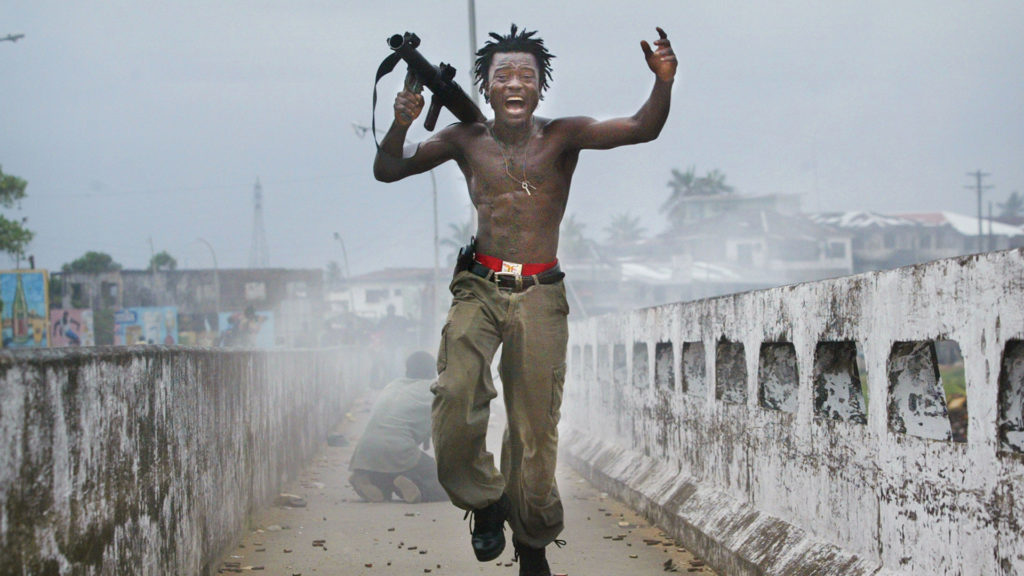
Liberian soldier Joseph Duo exults after firing a rocket at rebel forces in Monrovia, Liberia in 2003. The photo led to an unlikely and enduring friendship between the subject and the photographer, Getty Images photojournalist Chris Hondros. Film still from Hondros. Photo by Chris Hondros.
8. Hondros
Chris Hondros was an award-winning photojournalist who went deep into war-torn countries to capture the humanity and suffering of many different peoples. Before being killed in Libya in 2011, Hondros covered nearly every major conflict that took place during his career, starting with the wars in Kosovo in 1999. Hondros is not just a documentary about his photographs though. The director, Glenn Campbell, a childhood friend of Hondros, paints us a picture of the person behind the camera, a man of depth and sensitivity whose photographs still influence us today.
Chris Hondros was an award-winning photojournalist who went deep into war-torn countries to capture the humanity and suffering of many different peoples. Before being killed in Libya in 2011, Hondros covered nearly every major conflict that took place during his career, starting with the wars in Kosovo in 1999. Hondros is not just a documentary about his photographs though. The director, Glenn Campbell, a childhood friend of Hondros, paints us a picture of the person behind the camera, a man of depth and sensitivity whose photographs still influence us today.
The 2017 Tribeca Film Festival will run April 20–30, 2017.
Follow artnet News on Facebook.
SHARE
Article topics

